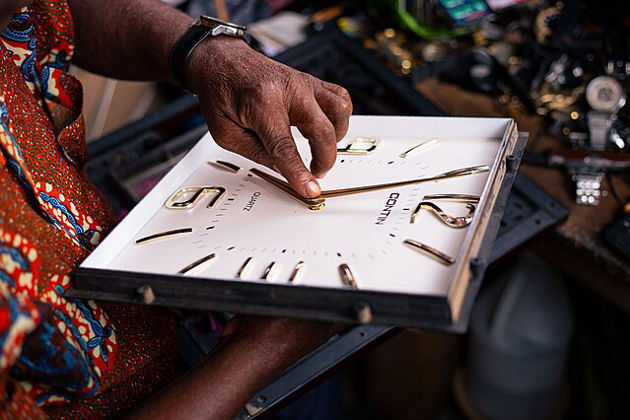Move FM Global News

Americans gain hour with daylight saving time, but disrupt body clock
Nov 1, 2025STANFORD, California: Daylight saving time ends at 2 a.m. local time on November 2. That means you should turn your clock back one hour before you go to bed. Standard time will last until March 8, when we’ll “spring forward” again and return to daylight saving time.
So, Americans can enjoy one extra hour of sleep as most of the country “falls back” into standard time. But try to get some sunlight in the morning — it helps your body adjust to the new schedule.
Many people don’t like changing the clocks twice a year. The spring change is harder because we lose an hour of sleep. But others also dislike the fall change because it means darker evenings and less time outdoors after work or school.
Some health experts, including the American Medical Association and the American Academy of Sleep Medicine, think the U.S. should stay on standard time all year. A new study from Stanford University agrees, saying switching back and forth is the worst choice for our health. The research found that either permanent daylight saving time or permanent standard time would be better, but standard time is slightly healthier because it matches the natural cycle of sunlight and our internal body clock, called the circadian rhythm.
Jamie Zeitzer, who co-directs Stanford’s Center for Sleep and Circadian Sciences, explains it like this: our body clock is like the conductor of an orchestra, and each organ is an instrument. Morning light and darker evenings keep the “music” in sync. But when our clocks change or our schedules are disrupted, our organs — like those controlling the immune system and metabolism — don’t work as well.
Most countries don’t use daylight saving time. In the U.S., only Arizona and Hawaii stay on standard time all year. For those who do observe it, mainly in North America and Europe, the start and end dates differ by country.
Our brain has a master clock that responds to light and darkness. This circadian rhythm runs on a 24-hour cycle, deciding when we feel sleepy or awake. It changes as we age — young children wake up early, while teenagers prefer sleeping in. Morning sunlight resets the rhythm, and in the evening, a hormone called melatonin rises, making us sleepy. Too much evening light — from daylight saving time or screens — delays this process and throws off our cycle.
The circadian clock also affects heart rate, blood pressure, stress hormones, and metabolism.
Even a one-hour time change can mess with sleep because our daily schedules don’t change. The spring shift to daylight saving time can be tougher — darker mornings and lighter evenings make it hard to fall asleep. Studies show more car crashes and heart attacks in those first few days. People with seasonal depression may also struggle.
Some adjust quickly, like after jet lag, but for shift workers or those already short on sleep, the change can be harder. About one-third of U.S. adults sleep less than seven hours a night, and more than half of teens don’t get enough sleep during the week. Poor sleep is linked to heart disease, memory loss, obesity, and other problems.
To make the change easier, start adjusting your bedtime by 15 minutes each night before the clocks change. Getting morning sunlight is also essential for resetting your body clock. If you can’t go outside, sit by a sunny window.
As for whether the U.S. will stop changing clocks, a proposal called the Sunshine Protection Act — which would make daylight saving time permanent — has stalled in Congress for now.


